Milestone in the Great Return: Azerbaijani families return to Khojaly villages From ruins to revival
Under the instructions of President Ilham Aliyev, a group of internally displaced persons arrived today in the villages of Khanyurd and Tazabina in the Khojaly district — 61 families, totalling 247 people. This marks yet another milestone on the path of returning Khojaly district residents to their native lands, which they were forced to abandon due to Armenian aggression more than thirty years ago.
Before the outbreak of the Armenian-Azerbaijani conflict, the Khojaly district was one of the dynamically developing regions of Karabakh. Khojaly, which gained city status in 1990 and had a population of 7,000, along with villages such as Tazabina and Khanyurd, were thriving. The local population engaged in agriculture and animal husbandry, and developed cultural and educational life. At the same time, Khojaly served not only as an administrative and cultural centre, but also as a key transport hub — it hosted the only airport in Karabakh at that time. No one could have imagined that this idyllic life would be so tragically interrupted.
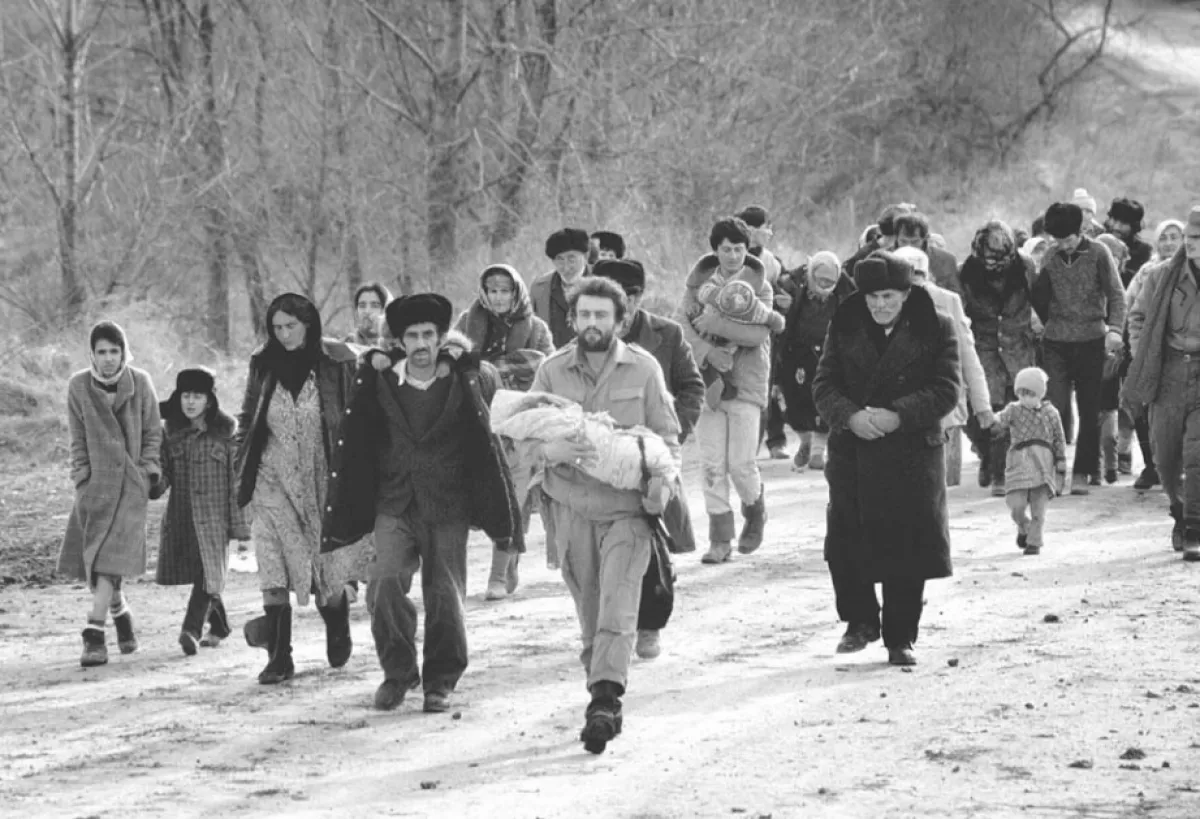
But from the late 1980s to the early 1990s, Armenia, with the support of external forces, launched a policy of ethnic cleansing against Azerbaijanis — a campaign that culminated in the tragedy known to history as the Khojaly Genocide. This was a horrific crime against humanity, one that is not subject to any statute of limitations.
On the night of February 25–26, 1992, Armenian armed formations, assisted by the 366th Motor Rifle Regiment of the former Soviet army, seized the town of Khojaly and began massacring civilians — including women, children, and the elderly. A total of 613 people were killed, 1,275 were taken hostage, and the fate of 150 people remains unknown to this day. Among the victims were 63 children, 106 women, and 70 elderly. Eight families were completely wiped out, 25 children lost both parents, and 132 children lost one parent.
During the genocide, 56 people were killed with extreme cruelty — burned alive or subjected to brutal torture. The aggressors did not spare the villages of the Khojaly district either: dozens were completely destroyed, their inhabitants either killed or driven from their homes. These crimes were part of a deliberate policy to expel the entire Azerbaijani population from Karabakh.
The people of Khojaly, now internally displaced, were scattered across Azerbaijan — from Baku to the districts of Samukh, Barda, and Sabirabad. Many were forced to live in dormitories, abandoned buildings, trailers, or tent camps. Having survived the horrors of genocide and lost all their possessions, they had to rebuild their lives from scratch.
The Azerbaijani state took responsibility for caring for these people — providing temporary housing, food aid, medical care, and support in education. But the pain of losing their native homes, their memories, and their roots — deeply embedded in their ancestral land — remained in their hearts.
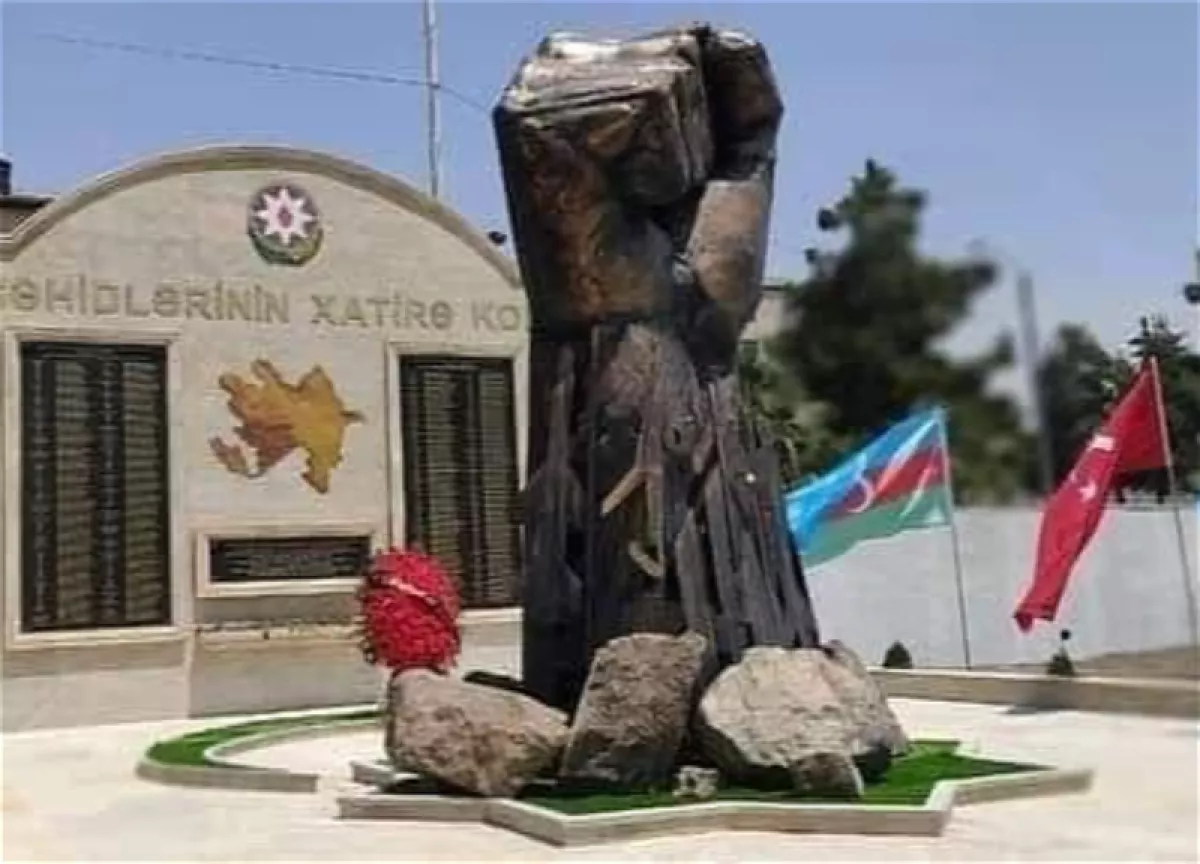
The Second Karabakh War marked a turning point in the modern history of the entire South Caucasus. During 44 days, the heroic Azerbaijani Army liberated the occupied territories — the Armenian leadership acknowledged defeat, and on November 10, 2020, a trilateral agreement was signed.
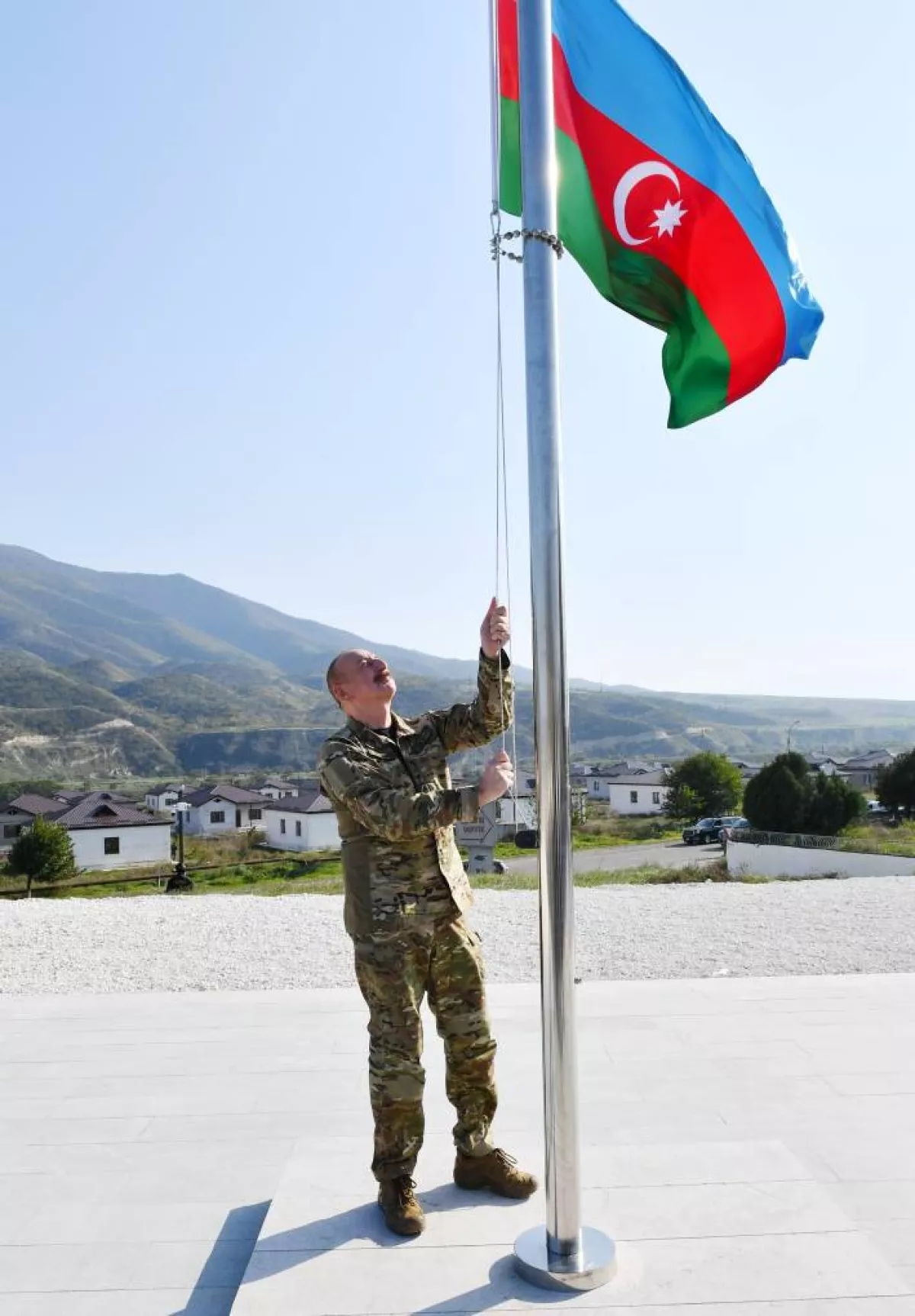
In 2023, the Armed Forces of Azerbaijan carried out an operation to establish full control over the town, and on October 15, 2023, President Ilham Aliyev raised the national flag of the Republic of Azerbaijan in Khojaly. The years-long occupation came to an end, and a new stage of large-scale reconstruction and restoration began. New roads were built, power lines restored, water treatment facilities constructed, and demining operations launched across the region.
Today, after decades of suffering, the people of Khojaly are returning home. They are being provided with modern individual houses built to the highest standards of sustainable development — equipped with solar panels, energy-efficient heating and sewage systems. Their communities now include schools, healthcare centres, newly built mosques, kindergartens, and cultural centres.
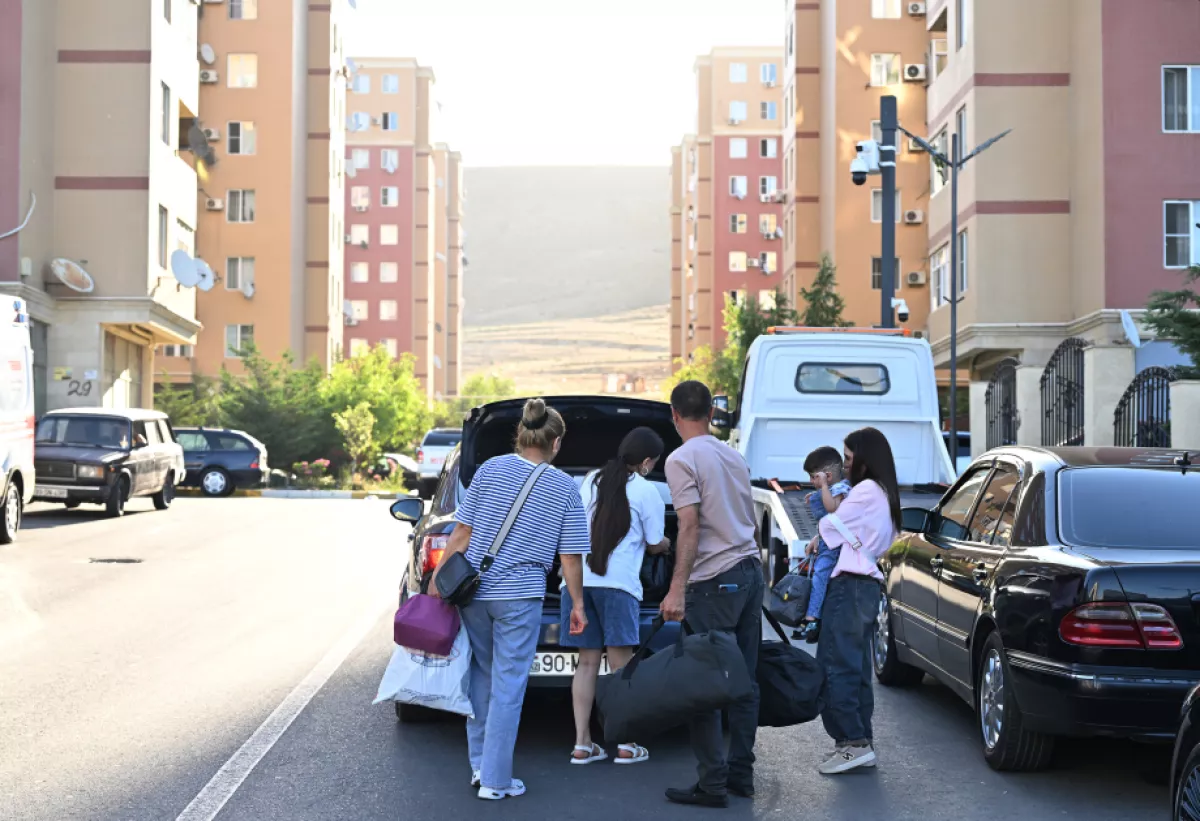
The resettlement process is being carried out in stages, taking into account security (including demining), infrastructure readiness, and the willingness of the displaced persons themselves. This is part of the “Great Return” programme, which encompasses not only housing construction but also job creation, development of agriculture, tourism, and high-tech industries.
Looking at the rapid pace of implementation, it can be confidently said that within a decade, the Khojaly district will become a model of the new Karabakh — a place where history meets innovation, where the pain of loss is met with the strength of rebirth. The return of rightful residents to the villages of Tazabina and Khanyurd is not merely a statistic — it is the tears of joy in the eyes of elders stepping once again on the soil where their ancestors rest.
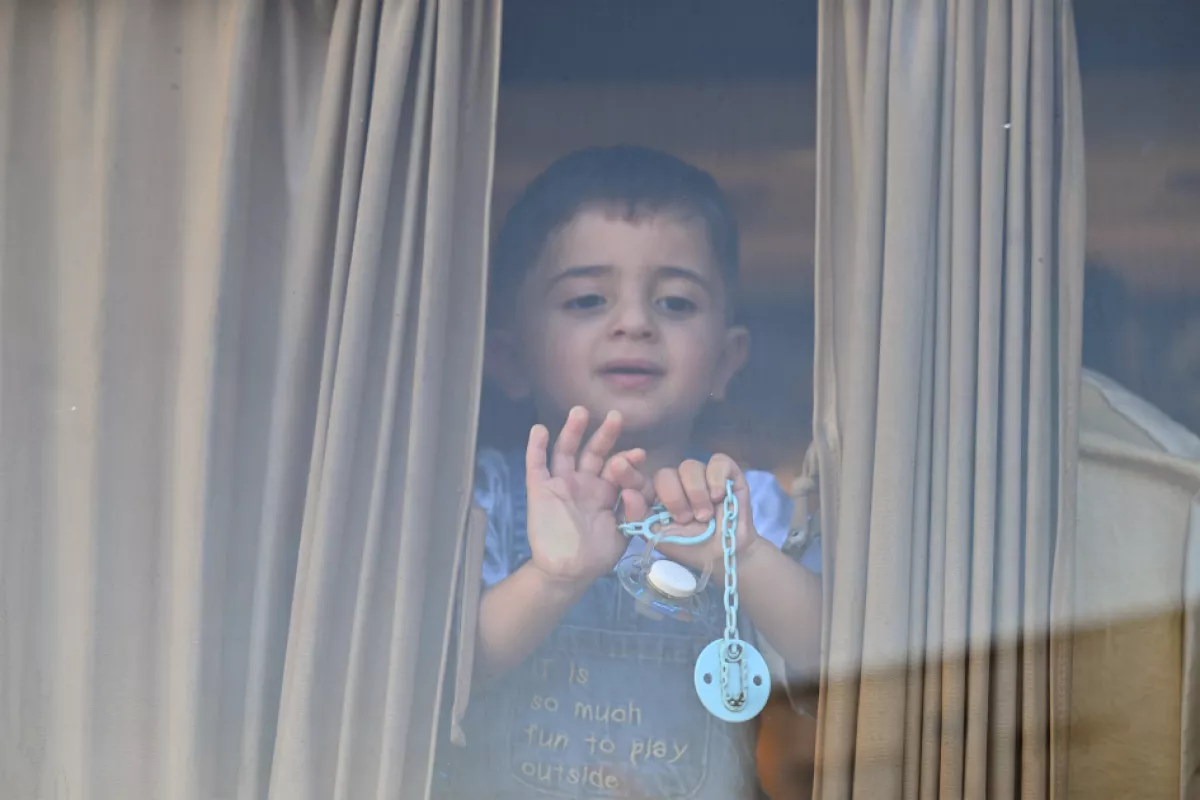
It is the laughter of children echoing once more through streets where only recently there were mines. It is living proof that truth has prevailed and justice has been restored. Azerbaijan has shown the world that despite pain, suffering, and destruction, its people have the will to rebuild, return — and triumph.








